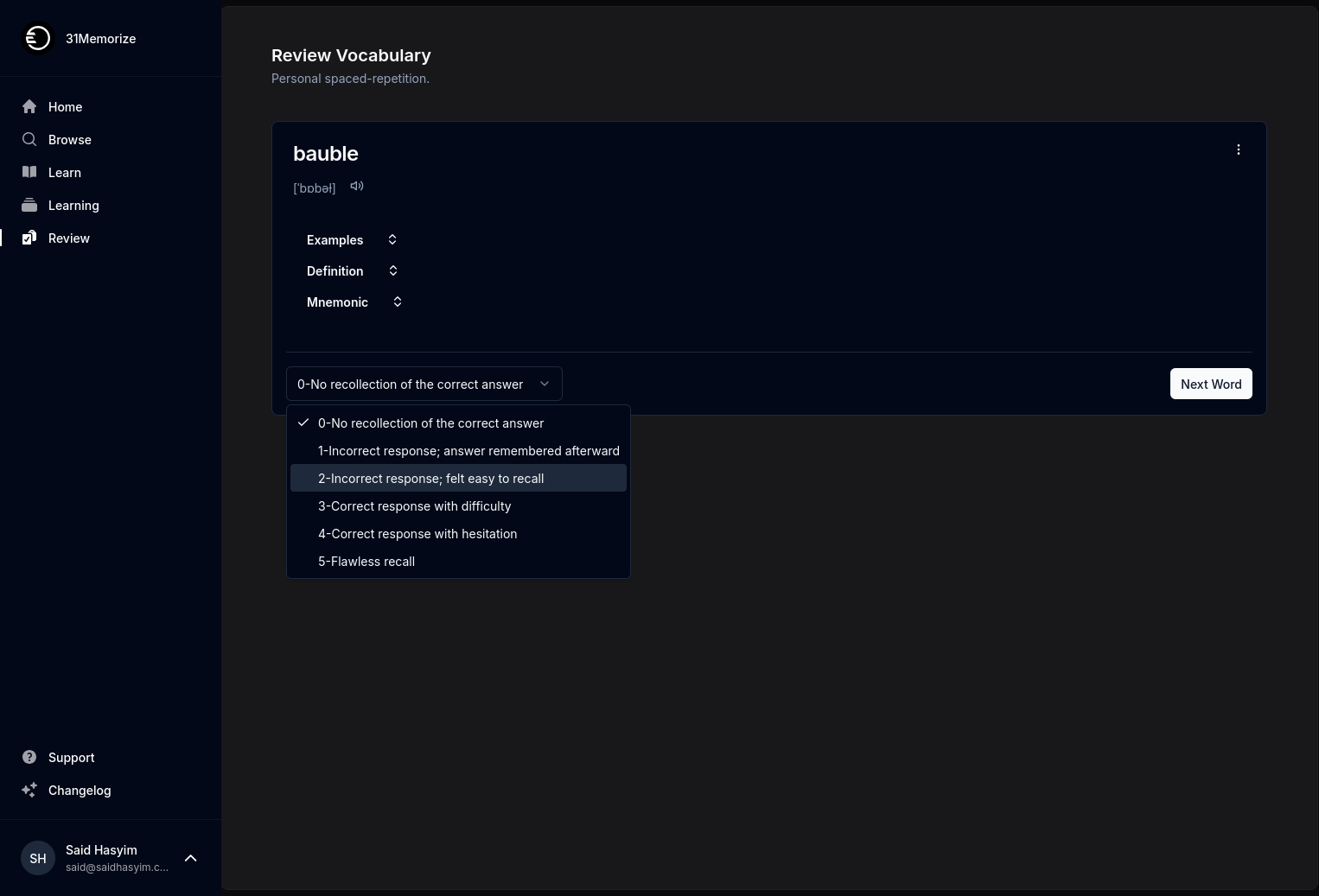Keeping Tabs on Your Book Ratings: A New Strategy
As avid readers, we often find ourselves in a sea of books, each offering unique experiences, lessons, and stories that can enrich our lives. However, with the endless options available, it can sometimes be challenging to keep track of what we’ve read, what we thought about it, and how it resonates with our evolving tastes over time. Enter the concept of book ratings—and with it, the opportunity for a new strategy to effectively monitor and reflect on your reading journey.
Why Book Ratings Matter
Book ratings serve as a personal compass, guiding us in our reading choices. They allow us to:
- Reflect on Reading Experiences: Writing down your thoughts and feelings about a book helps reinforce memories and insights.
- Assess Personal Taste Evolution: As we grow, so do our preferences; ratings can reveal shifts in what we find appealing.
- Guide Future Selections: A solid rating system can help you quickly identify what you liked (or didn’t) as you navigate new shelves.
- Engage with Fellow Readers: Sharing ratings and reviews can foster discussions with book clubs and online literary communities.
The Traditional Approach
For many, book ratings may often involve a simple scale—perhaps a star system, or a numerical scale from one to ten. While these methods can be effective in conveying a general sense of satisfaction or displeasure, they often lack nuance and depth. This traditional approach doesn’t always capture the complexity of our thoughts on a particular read.
Limitations of Simple Ratings
- Lack of Context: A five-star rating might mean different things to different people. Without context, that rating can be misleading.
- No Room for Nuance: Readers may feel a book was good but not great, and a single number may not encapsulate their feelings.
- Overgeneralization: By relying solely on ratings, there’s a risk of oversimplifying the reading experience, ignoring particular aspects that stood out.
Developing a Deeper Rating Strategy
Instead of relying solely on a traditional rating system, consider adopting a multifaceted approach to track and assess your reading experiences. Here’s a strategy that leverages various elements of subjective and objective evaluation, offering a richer understanding of your bookshelf journey.
1. Create a Rating Framework
Rather than simply rating a book on a numerical scale, break down your assessment into specific categories. For example, consider using:
- Character Development: How well did the author create relatable and complex characters?
- Plot Execution: Did the story hold your attention? Were there any striking twists?
- Writing Style: How did the prose resonate with you? Was it lyrical, straightforward, or experimental?
- Emotional Impact: How did the book make you feel? Did it stir joy, sadness, or anger?
Assign separate ratings for each aspect on a consistent scale (e.g., 1-5), and then summarize your thoughts. This detailed breakdown not only provides a crystal clear picture of your experience but also helps you track what aspects of a book are most important to you over time.
2. Incorporate Visual Elements
If you enjoy creativity and aesthetics, consider using visual elements in your ratings. This could involve:
- Mood Boards: Compile images, quotes, or colors that represent the overall vibe of the book.
- Graphs or Charts: Create a spider chart or bar graph to showcase your ratings for different aspects, visually representing strengths and weaknesses.
These visuals can serve as useful reference points and stimulate discussions with fellow readers.
3. Journal Your Thoughts
In addition to assigning numerical values, take the time to journal your thoughts after finishing a book. Writing about what resonated with you, the themes you noticed, or connections you made to other texts can deepen your understanding and appreciation of the material.
Consider prompting questions such as:
- What surprised you the most in this book?
- How did the author challenge your expectations or beliefs?
- If you could ask the author one question, what would it be?
Journaling can also serve as a therapeutic exercise, allowing you to express your emotions and reflect on how the story impacted you.
4. Engage With the Community
Finally, share your book ratings and reflections with a community of fellow readers. Whether through a book club, social media platform, or online forum, discussing your ratings and experiences can provide additional perspectives and stimulate rich conversations.
Participating in community discussions can broaden your understanding of a text, reveal new interpretations, and highlight elements of books you may have overlooked.
Conclusion: A New Chapter in Your Reading Strategy
Navigating the literary world is an adventure filled with excitement, new ideas, and countless stories. By adopting a more comprehensive and thoughtful rating strategy, you can cultivate a deeper connection with the books you read. Tracking not just what you’ve read but how it impacted you creates a more personalized and enriching reading experience.
So, embark on this journey of self-discovery and growth through literature. Give yourself permission to embrace the complexity of your reading journey, and keep tabs on your book ratings in ways that truly resonate with your unique perspective. Happy reading, and may each rating bring you closer to your next great literary adventure!
